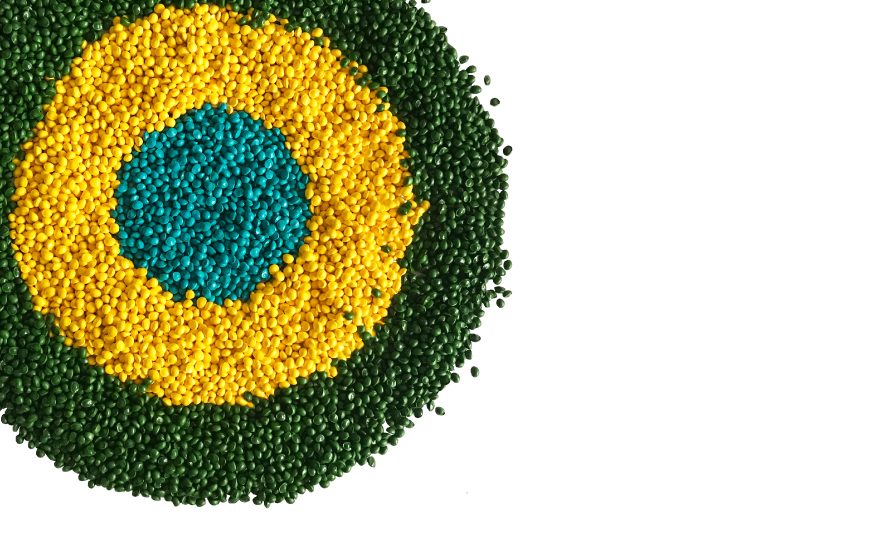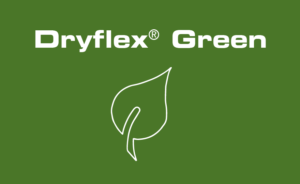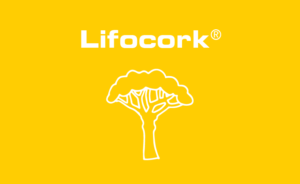TPEs with Recycled Content
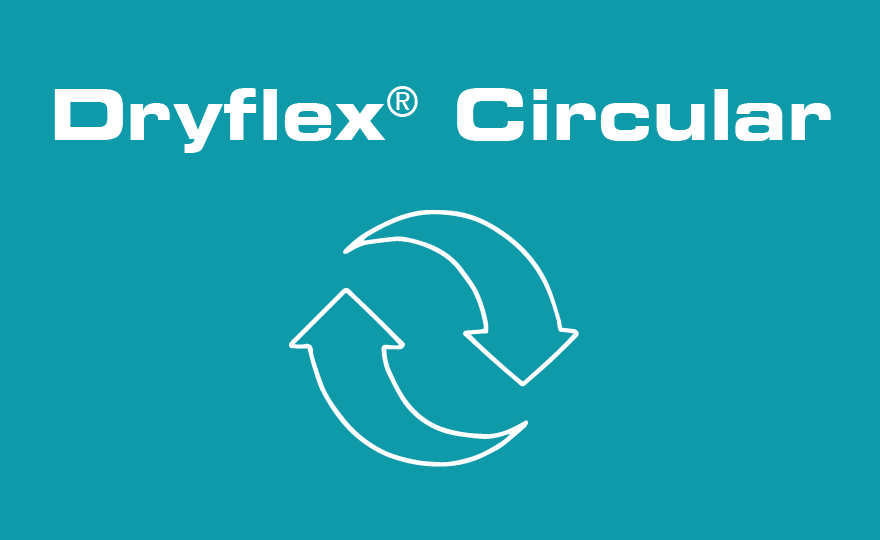
Benefits
Recycled content definitions
Post industrial Recyclate
(PIR)
Material diverted from the waste stream during a manufacturing process. Excluded is reutilisation of materials such as rework, regrind or scrap generated in a process and capable of being reclaimed within the same process that generated it.
Post Consumer Recyclate (PCR)
Material generated by households or by commercial, industrial and institutional facilities in their role as end-users of the product which can no longer be used for its intended purpose.
Maritime Waste Recyclate (MWR)
This is a PCR source as defined by ISO 14021:2016. However, to help distinguish the source, we’ve created a separate series for the MWR grades. The primary source is post-use maritime ropes.
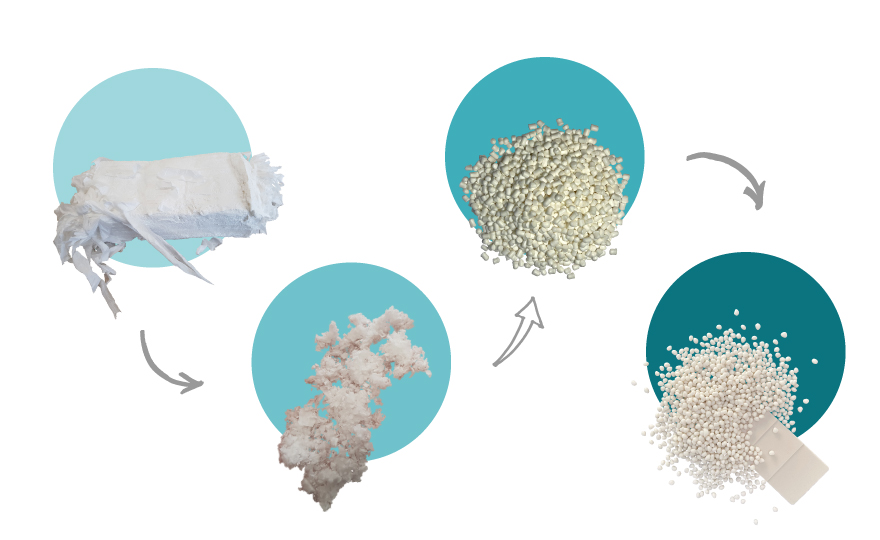
PIR : Post Industrial Recyclate
Sources:
Recyclate comes from hygienic and medical applications. We’re continually investigating new sources.
Target Applications:
- Consumer Goods
- Sports Equipment
- Footwear
- Automotive Interior + Exteriors
- & more
These grades are available in natural colours.
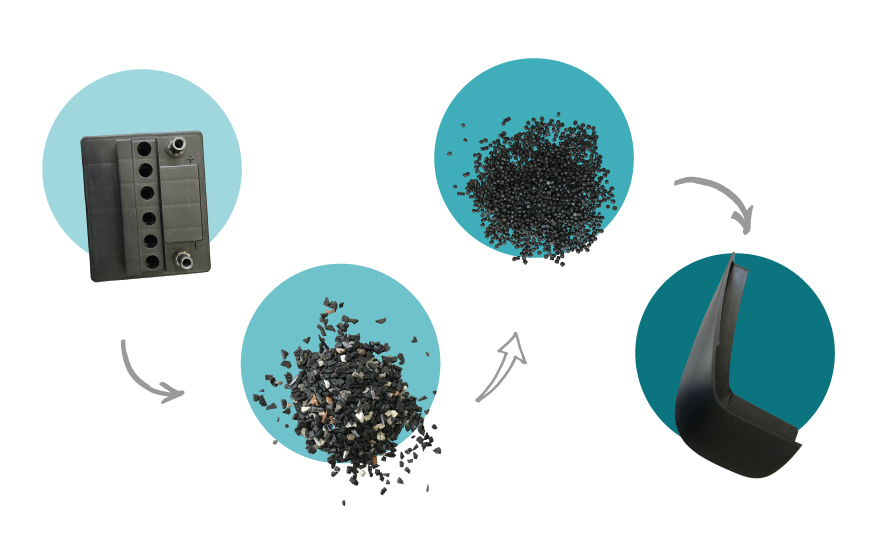
PCR : Post Consumer Recyclate:
Sources:
Recyclate sources include recycled PP from end-of-life vehicles, including automotive interior and exterior applications. Other sources include household plastic waste.
Target Applications:
- Automotive exteriors and technical parts.
- Outdoor equipment.
- Safety barriers.
These grades are only available in dark colours.
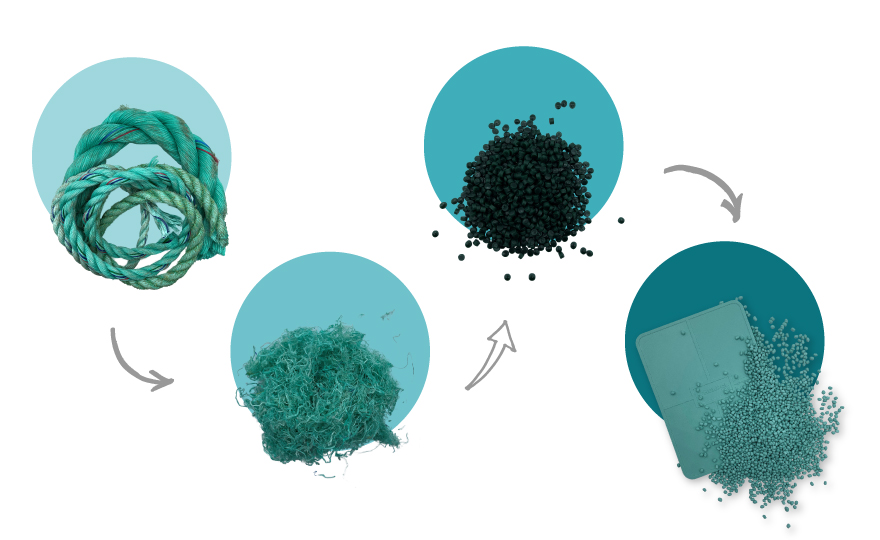
MWR : Maritime Waste Recyclate
We’re working with PLASTIX, a Danish recycling company. They convert used fishnets, trawls and ropes that would previously have ended up in the ocean or on landfill, into high-grade raw materials.
The source of the recyclate we use in our Dryflex MWR TPEs consists mainly of post-use maritime ropes.
Target Applications:
- Consumer Goods
- Automotive Exteriors
- Outdoor Equipment
These grades are available in black, blue, green and mint colours.
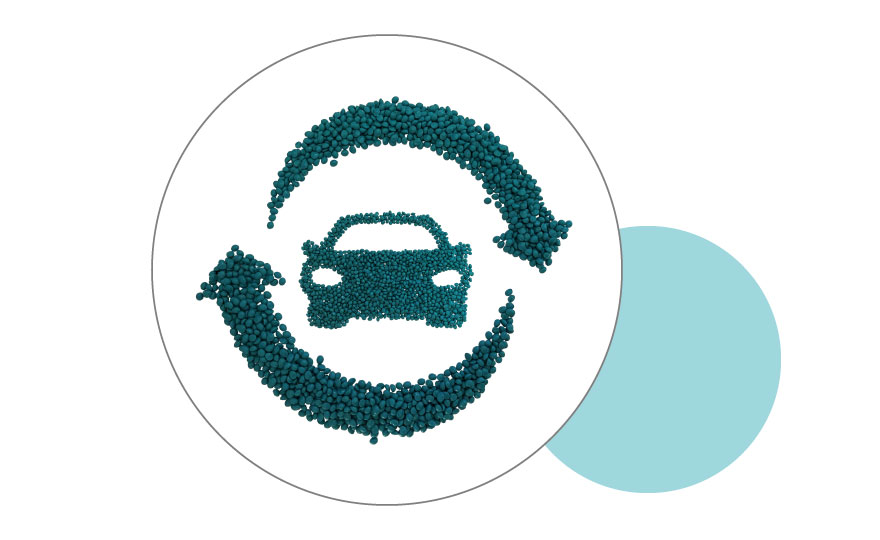
Dryflex Circular TPEs for Automotive
Dryflex Circular TPEs for Automotive fulfil typical automotive OEM specifications. These include flammability, heat ageing, lightfastness and mechanical performance.
Well segregated (single source, not mixed), very clean PIR sources from the production of hygienic and medical applications can be used for automotive interior applications with low odour and VOC emissions as well as colourability.
Choosing reliable recyclate sources makes it easier to achieve materials with virgin-like properties, and product safety can be controlled according to systems such as, e.g. EU REACH, GADSL, IMDS.
Quality Controls & Product Testing
- We don’t spot buy, we treat recyclate the same as virgin raw materials, everything is bought to a specification. We don’t buy one-off deliveries of mixed scrap, all of our feedstocks are from consistent sources
- All Dryflex Circular compounds are produced under the ISO 9001 and ISO 14001 standards
- All Dryflex Circular compounds are RoHS, EU +/or UK REACH and SVHC compliant
- All Dryflex Circular compounds are supplied to a finished product specification and tolerance
- We’re working with customers for application specific testing and approvals
- Dryflex Circular TPEs are not currently approved for use in food, medical or toy applications
Dryflex Circular COLLAB
We believe that collaboration, from all parts of the supply chain, will be key to making plastics more circular.
We’ve started several ‘collab’ projects, working with customers to find ways to utilise their waste streams and turn-it into new life materials.

Our Dryflex Circular experts
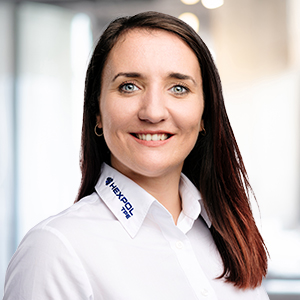
Kathrin Heilmann
Sales TPE, HEXPOL TPE GmbH

Martin Bradbury
Senior Key Account Manager for HEXPOL TPE Ltd
Web-Seminar - How Do TPEs Fit Into A Circular Economy?
Downloads
Head over to our downloads page for product and processing guides

